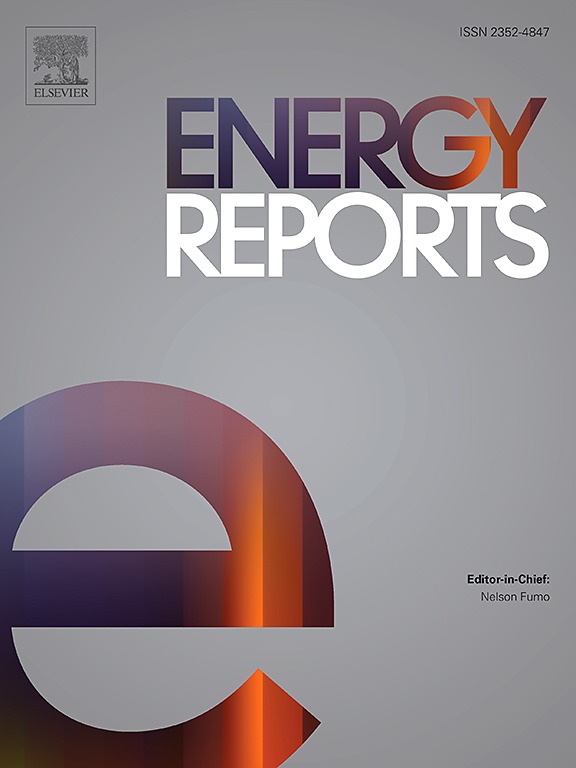Reducing energy and economic costs in post-combustion carbon capture with intelligent amine selection system: A case study on the Abadan power plant
IF 4.7
3区 工程技术
Q2 ENERGY & FUELS
引用次数: 0
Abstract
Global warming has become a pressing global concern, manifesting in rising temperatures and significant adverse effects on human health. In response, various technologies, including carbon capture solutions, have been developed to mitigate carbon emissions. Among these, post-combustion carbon capture (PCC) is particularly noteworthy for its compatibility with existing industrial emission sources. However, PCC systems face significant energy challenges, primarily due to the lack of optimal solvents for specific applications, complicating solvent selection in a diverse market. To address this, we utilized multiple machine learning models to predict and optimize amine solvent selection for a PCC unit at the Abadan power plant. The models tested included KNN, logistic regression, Gaussian processes, decision trees, random forest, AdaBoost, gradient boosting, support vector classification, and artificial neural networks (ANNs). Among these, the random forest model demonstrated the highest performance, achieving a mean area under the curve (AUC) of 0.97, identifying monoethanolamine (MEA) as a potential candidate, though not the final selection. Subsequent simulation and economic analysis were conducted using Aspen HYSYS v11 to compare MEA with diglycolamine (DGA). The results revealed that DGA was the most cost-effective option, reducing total utility system costs by 35.76 % compared to MEA due to its lower solvent regeneration requirements. This study highlights the synergy between machine learning and process simulation tools like Aspen HYSYS in optimizing PCC systems for enhanced economic and environmental performance.
求助全文
约1分钟内获得全文
求助全文
来源期刊

Energy Reports
Energy-General Energy
CiteScore
8.20
自引率
13.50%
发文量
2608
审稿时长
38 days
期刊介绍:
Energy Reports is a new online multidisciplinary open access journal which focuses on publishing new research in the area of Energy with a rapid review and publication time. Energy Reports will be open to direct submissions and also to submissions from other Elsevier Energy journals, whose Editors have determined that Energy Reports would be a better fit.
 求助内容:
求助内容: 应助结果提醒方式:
应助结果提醒方式:


